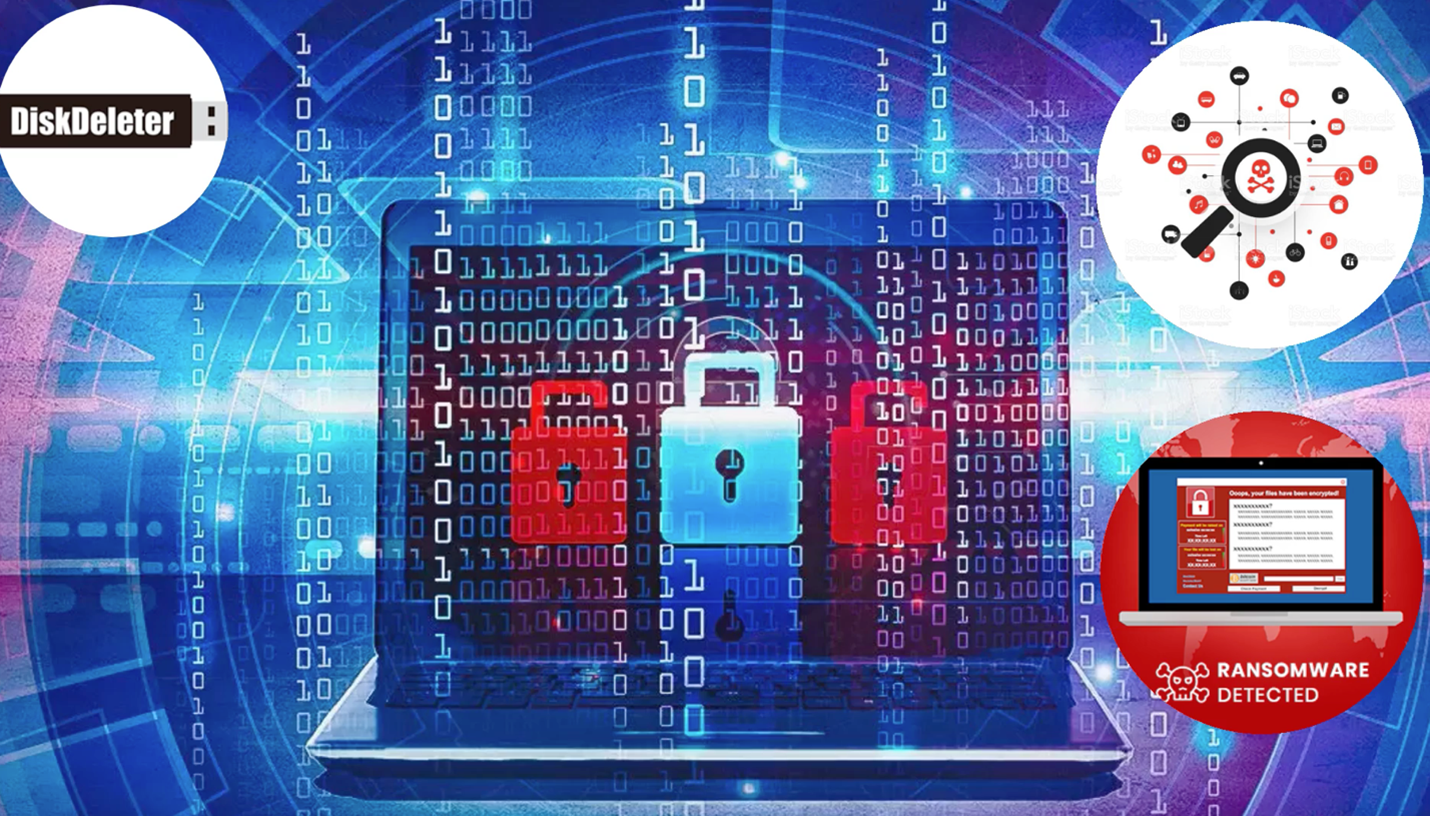
What is Ransomware and what are threats
Ransomware is the number one malware threat to home and business users today. There are many variants which affects IT users and create major issues of unavailability of data and also interrupting the business operations. Regardless of the variant, all ransomware infections have two things in common: locked/encrypted files and a ransom payment demand. Ransomware is a type of malicious software that locks up your files and demands a ransom to access them. This form of malware is now the most lucrative form of cybercrime as victims feel threatened to pay, even if there are no guarantees of getting the data back.

How it Attacks and locks down the user data access
Ransomware is normally spread via phishing emails that contain links to malicious web sites or attachments. Infection can also occur through “drive-by” downloading, which occurs when a user visits an infected website, and malware is downloaded and installed without the user's knowledge
In the past, ransomware attacks that locked down a user’s computer or files could be easily reversed by a trained professional. But in recent years, ransomware attacks have become more sophisticated and, in many cases, have left the victims with little choice but to pay the ransom or lose their data forever.
Steps be followed after Ransomware Attack
Do NOT restart impacted devices
Do NOT connect external storage devices to infected systems
Do NOT pay the ransom immediately
Do NOT communicate on the impacted network
Do NOT delete files
Do NOT trust ransomware authors
Steps to recover from a ransomware infection
- Create an image or backup of the system
Some ransomware strains have hidden payloads that will delete and overwrite all encrypted files after a certain amount of time has passed. In these cases, having encrypted backup is better than having no backup at all.
- Disable any system optimization and cleanup software
A lot of ransomware strains store themselves, and other necessary files, in your Temporary Files folder. If you use system clean-up or optimization tools like CCleaner, BleachBit, Glary Utilities, Clean Master, Advanced SystemCare, Wise Disk/Registry Cleaner, Wise Care, Auslogics BoostSpeed, System Mechanic, or anything comparable, you need to disable these tools immediately. This can lead to bigger issue of infecting larger amount of files if those cleaners are run.
- Quarantine the system but do not wipe system yet
It is okay to disable the infection by disabling any autorun entries pointing to it or by quarantining the infection. However, it is important not to delete it from quarantine or to remove the malicious files right away without a complete backup.
- Identify the type of ransomware and check if decrypt tool is availability
If your system is infected, but don’t know what type of ransomware you have been infected with, visit the Decryption Tools page to identify the ransomware strain and check if a decryption of that strain is available. We have researched some good tools and their site which you can review.
Some popular Ransomware Decrypt Tools
- No Ransom by Kaspersky
https://noransom.kaspersky.com/
- Avast Free Ransomware Decryption Tools
https://www.avast.com/en-in/ransomware-decryption-tools
- Bitdefender Decryptor Tools
https://www.bitdefender.com/blog/labs/darkside-ransomware-decryption-tool/
- McAfee Ransomware Recover
https://www.mcafee.com/enterprise/en-in/downloads/free-tools/ransomware-decryption.html
- AVG Ransomware Decryption Tools
https://www.avg.com/en-in/ransomware-decryption-tools
- Sanitize the system after all steps taken above to start clean
Depending upon you are able to decrypt the system or not. It is a good idea to use a proper disk wiping software to clean the infected system. This will make sure if there is any hidden malware, it will be completely wiped. After that you can use a clean copy from backups to restore and start the operations.
Conclusion
A proactive approach to ransomware prevention can help companies significantly reduce the risk of infection. In the event of an incident, organizations must have effective response procedures in place to contain the incident, prevent data loss and safely initiate the recovery process. System sanitization after infection, through software like Disk Deleter is important step to make sure there are no traces of infections left.
Thanks to research from many security firms worldwide, you can now decrypt your data without paying hackers. Let’s take a look at some decryption tools that will allow you to unlock and restore your data.
© 2025 Jungle KK - Powered By Knowledge Fortune
